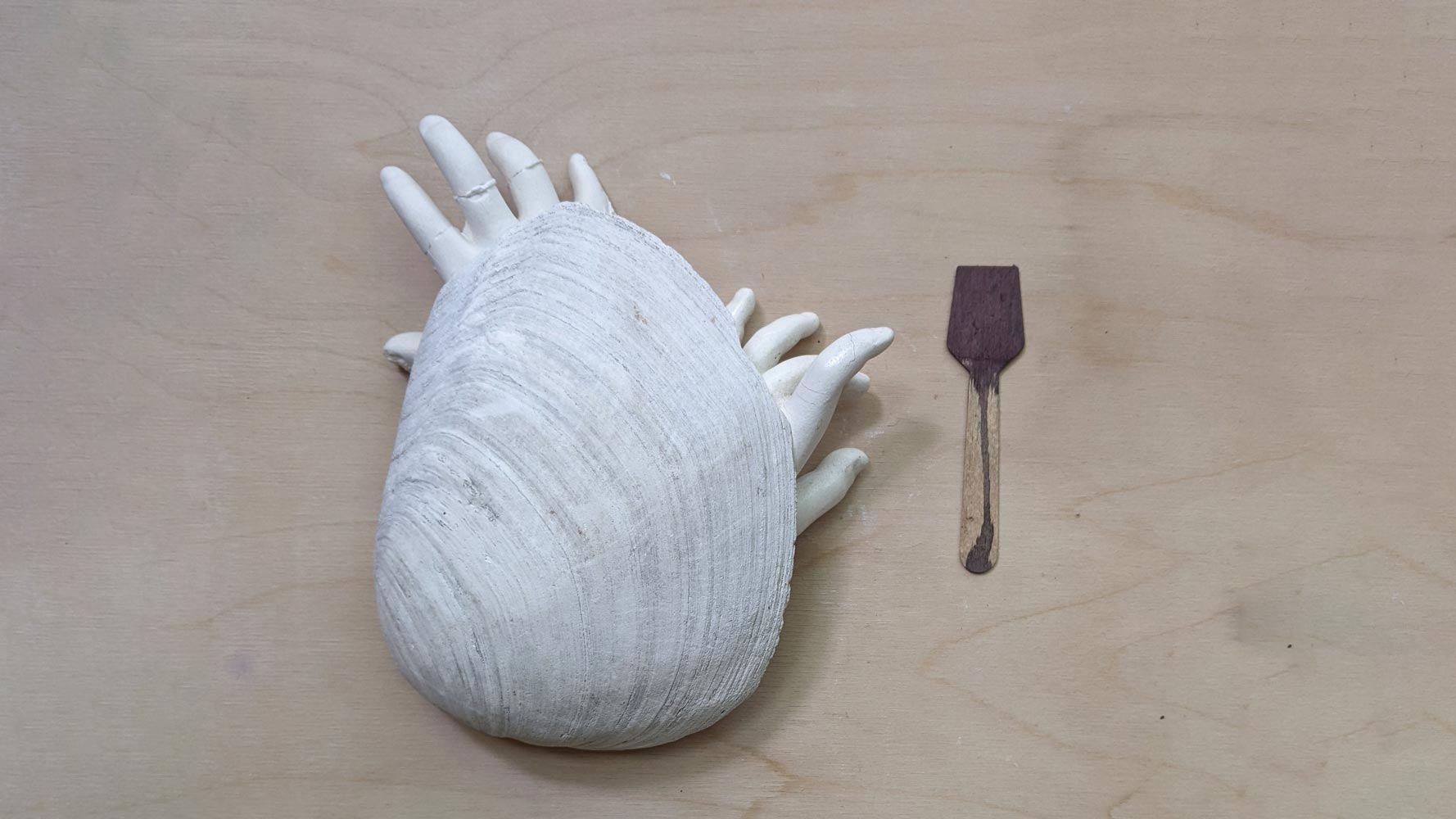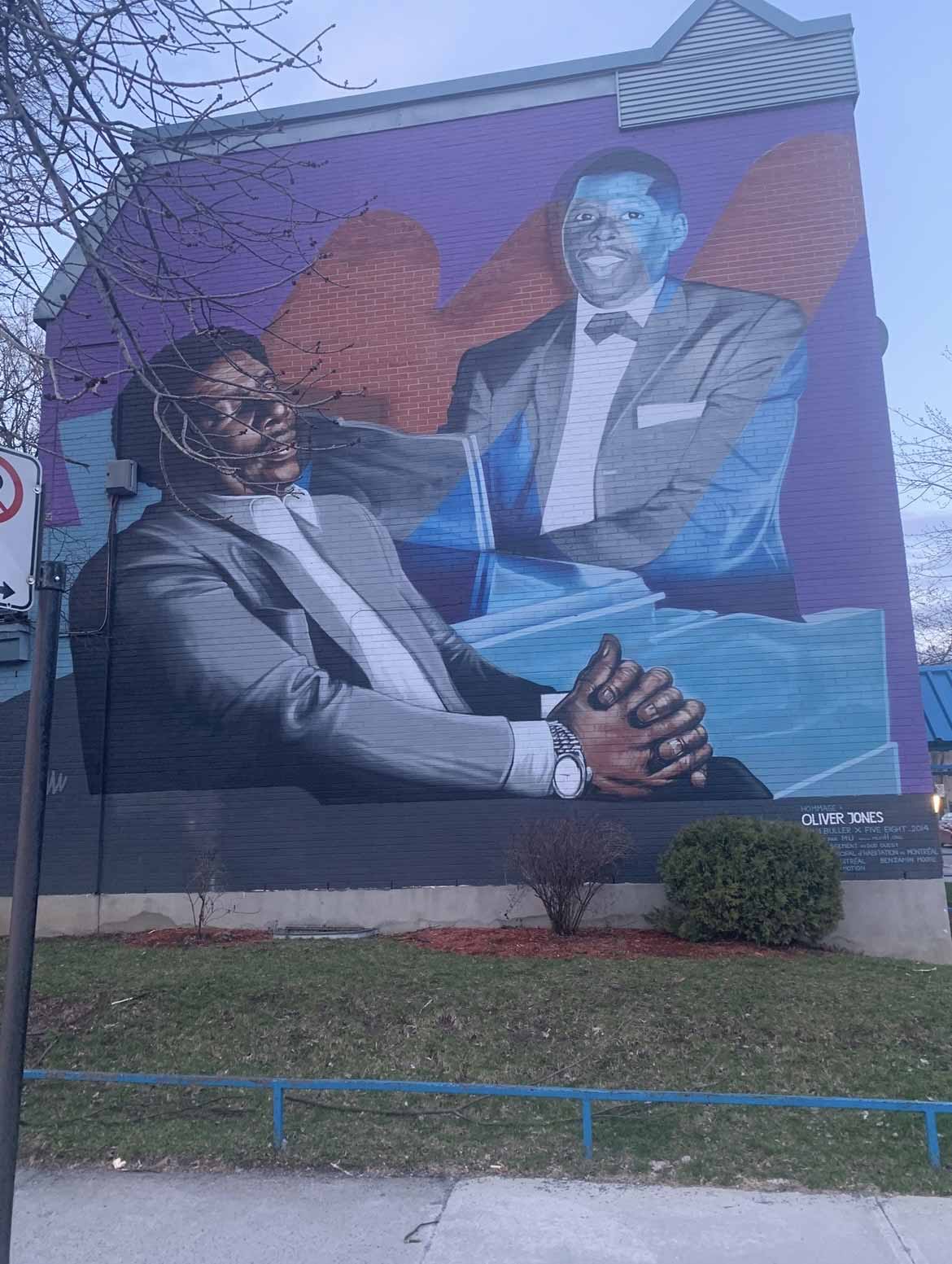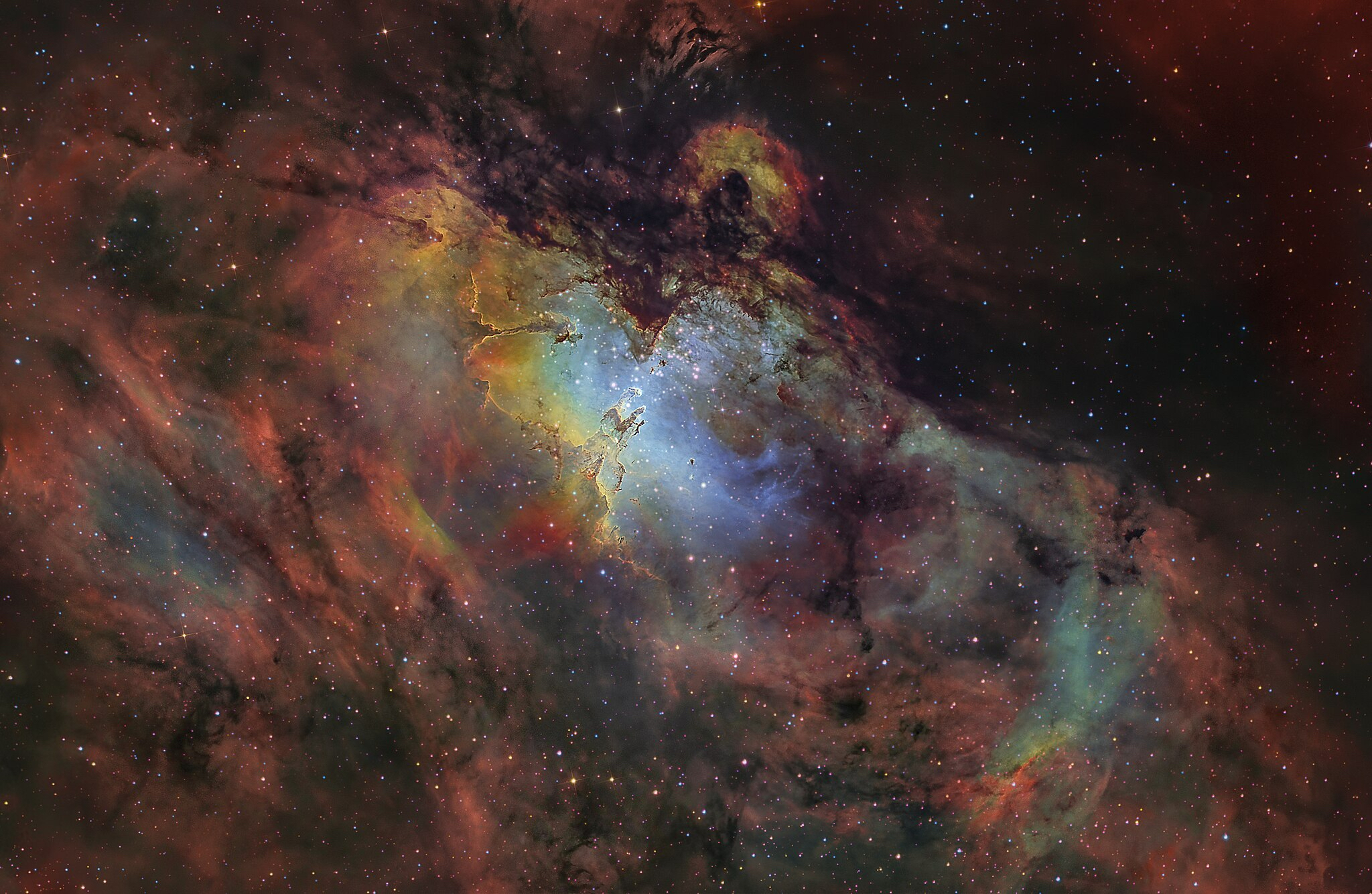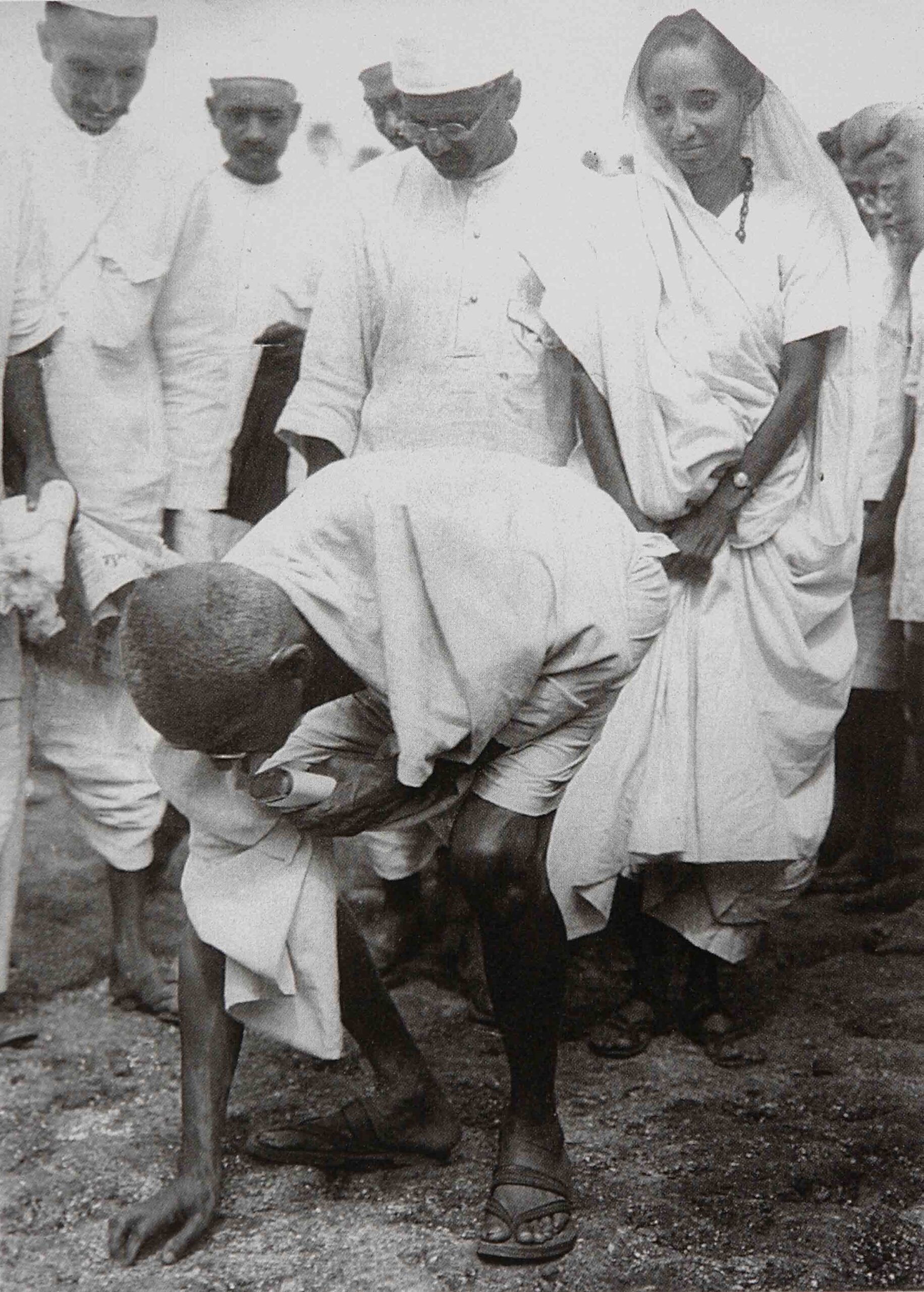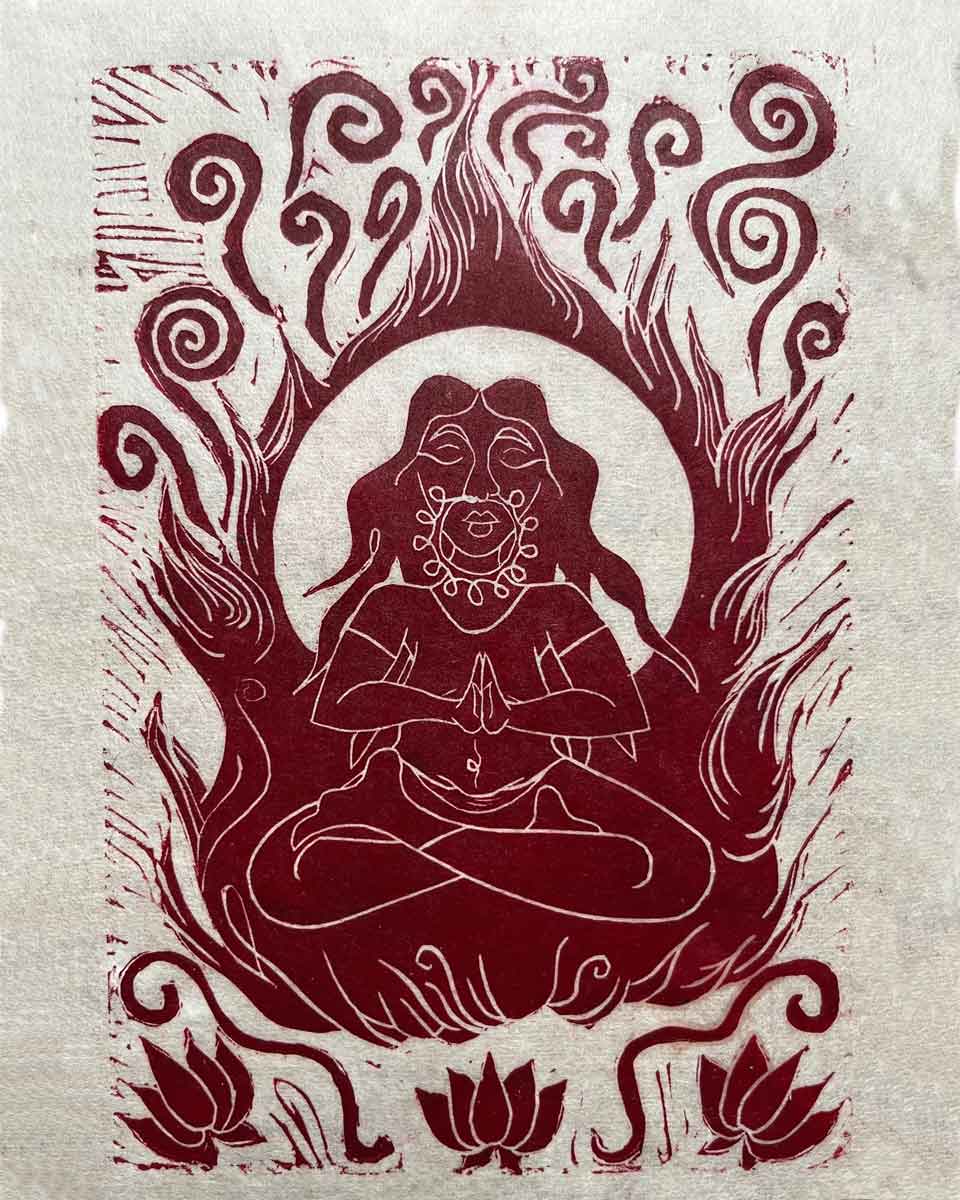From rhizomes to Rumble
While pondering the fugitive bloodlines of blues, jazz and beat, I sometimes found myself in the kitchen, slicing fresh ginger. It felt good to be in rhizome territory, holding a tiny piece of the underground network of stems and roots of a ginger plant that was probably grown in China or Brazil. Whether African, Asian or South American, that little rhizome’s distinctive shape, tone and flavour carried the traces of the land that had sustained it.
My feel for rhizomes comes from Sharon Bourke, a wonderful African-American poet and artist now in her 90s, who has spent a good part of her life exploring the cultural and intellectual dynamism of the African diaspora.
Sharon is the one who first talked to me about Edouard Glissant. The celebrated poet and philosopher from Martinique had rhizomes in mind when he described the ongoing creative process of creolization of cultures and languages, “where roots meet and share cultural bounds to form an identity.”1 Glissant writes:
“Rhizomatic thought is the principle behind what I call the Poetics of Relation, in which each and every identity is extended through a relationship with the Other.”
Edouard Glissant, Poetics of Relation, 1990
In her discussions with me, Sharon emphasized the ongoing, dynamic role played by local conditions and cultures in informing those rhizomatic relations. That got me thinking about musical roots.

Related reads
Beneath the most visible African bloodlines of blues, jazz and beat lies the complex history of the African-American experience unfolding on Native land. Over the years, extensive efforts have been made, largely by Indigenous musicians, researchers, scholars, filmmakers and other cultural workers, to dispel entrenched misconceptions and shine the spotlight on Indigenous influences in blues, jazz, gospel and a host of other musical genres.2
Let’s start with the blues and dig in to an extraordinary television series on the Aboriginal Peoples Television Network (APTN) and Bravo Canada called BEYOND WORDS, which has showcased Indigenous musicians around the world. Host and producer Douglas Proulx began producing BEYOND WORDS in 2001. The episode we are citing extensively here is from 2005: Native American Origins of the Blues. Proulx gets right to the point:
Blues is uniquely North American and attributed to Afro-Americans, but as we’ll see, [it] wasn’t born from those roots alone. The music began as a unique merger of European and African traditions around 1860 in the Mississippi Delta, but what historians seem to overlook is the integral role the Natives of this region played in the birth of a virtual religion.
Douglas Proulx, BEYOND WORDS (The 24-minute episode is available on YouTube.)
Resistance to the very idea of Indigenous influences on blues was (and still is) widespread and deeply engrained. Six Nations’ Elaine Bomberry (radio host of “Aboriginal Airwaves” back in the late 1980s in Ontario, producer of “Rez Bluez” on APTN, and award-winning trailblazer in the Canadian music industry) comments on some of the incredulous questions she’s encountered:
What are you talking about, Native people and the blues?
Elaine Bomberry, BEYOND WORDS
I’d give them the examples of Stomp dance, round dance songs. What’s the basis of the blues? The heartbeat. It’s the drum beat. The heartbeat of Mother Earth. We [Indigenous peoples] had a play in that.
Are you saying all this [blues music] came out of this?
Yeah, but it’s never been acknowledged.
Host Douglas Proulx highlights the fugitive history and the melding of African-American and Indigenous cultures:
The words slavery and persecution are synonymous with African Americans; genocide and ethnic cleansing with Native Americans. When these two races were pitted against overwhelming odds and forced into terrible situations, it was only natural that they banded together, as anyone would, for survival. From underground railways bringing people into the relative freedom of northern reservations, to carefully planned uprisings against slaveowners, these people forged alliances that melded the two cultures in every conceivable way.
Douglas Proulx, BEYOND WORDS
“Stolen people on stolen land”
I hear Nigerian chains they say are buried real deep
in tobacco fields, Trail of Tears,
stolen people on stolen land
– Ulali, from their song “Going Home”
Pura Fé, a Tuscarora/Taino singer-songwriter and blues musician gave the following introduction to Ulali’s song “Going Home” at the I.C.A. Folkfest in Victoria, B.C.:
The Tuscarora people were very key in what became called the underground railroad […], and this song is […] dedicated to some of the history that involved Native people and slaves, whether African or indentured servants, or whoever it was. A lot of things were shared—good music, good food, and good-looking people. […]
Pura Fé, BEYOND WORDS
In a tribute to her great grandfather who had been enslaved and whose great grandparents had been brought from Nigeria, Pura Fé composed “Great Grandpa’s Banjo” and performs it acapella on a loop pedal.
In BEYOND WORDS, Douglas Proulx, who is also a drummer, illustrates the “swing cadence” of a traditional drum beat at the heart of the rhythmic styles of the Mississippi Delta Blues, while explaining that:
New Orleans is at the heart of the Mississippi Delta Blues. It’s also home to Cajun, Zydeco and Creole music. A lot of these rhythmic styles are worlds away from the token Indian beat. [Proulx demonstrates the “token” beat on a hand drum.]
For instance, the swing cadence so prevalent in the blues is 100% Native American and is a homage to the heartbeat [illustrating it on the drum].People like Charlie Patton, Redbone and the Neville brothers all have a connection to this diverse legacy, and […] the land it was born from.
Douglas Proulx, BEYOND WORDS
Reservations as “hush harbours”
Big Joe Williams and Sonny Terry grew up on reservations. Some background history on reserves as places of refuge and resistance is given by the author of Encyclopedia of Native American Music, Brian Wright-McLeod:
There was a whole movement in the Florida Everglades where freed slaves and Seminole people got together and they resisted the American government for like a hundred years there in those swamps, and that created its whole culture. People left slavery and they came into Native society and were adopted in. So you got a lot of intermarriage that happened over […] time.
Brian Wright-McLeod, BEYOND WORDS
A lot of the old blues players were born and raised on reservations. You know, people like Big Joe Williams, Sonny Terry […]—a lot of the old, old guys from the 20s and 30s.

Born in 1891 in Mississippi, Charley Patton is hailed as the “Overlord of the Delta Blues” by Douglas Proulx:
Charley Patton didn’t grow up on a reserve, but the Overlord of the Delta Blues was of African, white and Indian heritage […] Patton was a contemporary of Son House, Tommy Johnson and Willie Brown. He taught Howlin’ Wolf how to play the guitar and influenced the music of a young Robert Johnson.
Douglas Proulx, BEYOND WORDS
It was his slide guitar style that gave Patton a position of prominence in Delta blues. Patton had another trademark. He used the front and back of his guitar like a drum and stomped his feet to reinforce certain beats or to create counter rhythms. Patton recorded some 68 titles between 1929 and 1934.
Carrying this energy forward, musician Alvin Youngblood Hart, whose family roots are in Mississippi, muses on Charley Patton’s song “Pony Blues” and the big sound he managed to create with his Stella guitar:
The unique thing about Patton was his almost athletic ability to play the guitar […] like, play melodies on the guitar and play this crazy rhythm, all at the same time […] Patton played a Stella… he was just this scrawny little dude with an acoustic guitar—just one guy playing by himself trying to make as much sound and rhythm and everything. But, you know, somehow it managed to be big.
Alvin Youngblood Hart, RUMBLE: The Indians who Rocked the World, 2017
Musicians and vocalists of all stripes and styles can trace their musical lineage back to Indigenous influences. This is brilliantly illustrated in the multiple award-winning documentary, RUMBLE: The Indians who Rocked the World.
The sheer span of these influences is mind-blowing: from Link Wray’s innovative rock power chord in his instrumental song “Rumble” in 1958, to the Neville brothers’ roots in the Mississippi Choctaw; from Jesse Ed Davis, guitarist for Taj Mahal (who played with George Harrison at the Concert for Bangladesh), to Jimi Hendrix, Robbie Robertson and Randy Castilla, the powerhouse drummer for Ozzie Osbourne; from rock guitarist Stevie Salas to rapper Taboo in the Black Eyed Peas, and Pura Fé… and we haven’t even scratched the surface when it comes to jazz.

Rockin’ Chair Lady and Queen of Swing
Mildred Bailey (1907-1951), a consummate jazz vocalist in the 1930s, had a profound influence on Tony Bennett, Frank Sinatra and Bing Crosby. Her mother was Coeur d’Alene from Washington, and she spent her early years on the family’s farm on the Coeur d’Alene reservation near De Smet, Idaho.
Jazz aficionados know Mildred Bailey as the legendary singer who cleared the way for female jazz greats like Billie Holiday and Ella Fitzgerald. Less well known is the fact that Bailey was Native American. Now, the Coeur d’Alene Tribe in Idaho has launched a campaign to bring the singer — and her heritage — into the spotlight.
npr.org, 2012
Mildred Rinker Bailey was one of the top-selling artists in Depression-era jazz.3
To quote Tony Bennett:
From 16 to 20 years old, […] the only thing I listened to was Mildred Bailey. I just said, “I want to learn how to sing like her.”
Tony Bennett, RUMBLE
Linking Detroit, Harlem and Montréal: pianist and educator Lou Hooper
An exceptional pianist of African, Cree and Irish ancestry, Lou Hooper (1894-1977) played with some of the 20th century’s greatest jazz and blues artists in Detroit, Harlem and Montréal, including Ethel Waters and Mamie Smith.
Born in North Buxton, Ontario (one of the last stops on the underground railroad), Lou Hooper grew up in Michigan and “began his professional career in Detroit, accompanying blues singers such as Ma Rainey.” He lived in Harlem from 1921-1927 where he performed with Paul Robeson and recorded extensively before moving back to Canada (Toronto, then Montréal) in the 30s.4 (Website for Statesman of the Piano: Jazz, Race and History in the life of Lou Hooper, 2023)
Lou Hooper was Oscar Peterson’s first professional piano teacher, when Oscar was eleven years old. Peterson’s biographer, Gene Lees, described Hooper as “Peterson’s link to the Harlem of the 1920s, his deep early root into the earth of Willie the Lion Smith and James P. Johnson.”5 (Quoted in Swinging in Paradise: The story of Jazz in Montréal, 1988)
Lou Hooper continued to educate and influence upcoming generations of young musicians his whole life, even joining the faculty of the University of Prince Edward Island in 1975 when he was in his early 80s, and regularly performing on CBC TV (Halifax).
“Going Home/Stomp Dance”
We started with a song honouring the African and Indigenous ancestors of the blues, and it seems only fitting to offer a parting gift from Pura Fé: Going Home/Stomp Dance. Hope you dig it.
- ScholarBlogs, see Edouard Glissant (source: Postcolonial Studies at Emory Pages).
- The two main sources referred to here are the Native American Origins of the Blues episode of the TV series “BEYOND WORDS” that aired on APTN and Bravo Canada, and the multiple award-winning documentary, RUMBLE: The Indians who Rocked the World. Stream or watch on Independent Lens PBS.
- Tribe Seeks To Correct Jazz History On Native Singer’s Heritage, by Jessica Robinson, March 15, 2012, NPR.
- Statesman of the Piano: Jazz, Race and History in the life of Lou Hooper, Edited by Sean Mills, Eric Fillion and Désirée Rochat (Carleton Library Series, September 2023)
Lou Hooper’s daughter, Crystal Hooper, was consulted for this section as well.
See also: The Canadian Encyclopedia: Lou Hooper.
And the video: Louis Hooper, Don Palmer, Skip Beckwith play blues. - Swinging in Paradise: The story of Jazz in Montréal, by John Gilmore (Véhicule Press, 1988), p. 103.
